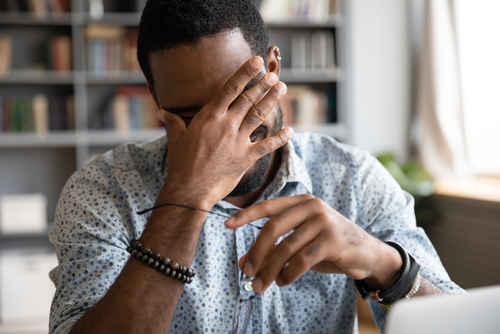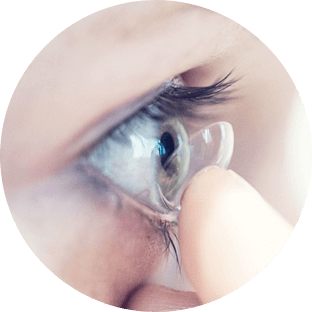What Is Blepharitis?
Are your eyes red and swollen? Do you have a gritty or burning sensation in your eyes?
These are signs that you could have blepharitis. There are many signs and symptoms tied to this condition. Keep reading to learn more about blepharitis!
What is Blepharitis?
When your eyelids are inflamed, you could have blepharitis. This causes your eyelids to become red, itchy, and irritated.
Also, it can cause skin flakes that look like dandruff on your eyelashes. Persons of all ages can develop blepharitis.
Blepharitis can be uncomfortable, but it is not contagious. For most patients with blepharitis, it does not cause permanent damage to your sight.
Are there different types of blepharitis?
Yes, there are two types of blepharitis. The first type is anterior blepharitis. This affects the outside of the eyelid where the eyelashes are.
The second type is posterior blepharitis, which impacts the inside part of the eyelid that touches the eye. Most patients with blepharitis have aspects of both types of blepharitis.
What are the signs and symptoms of blepharitis?
There are many signs and symptoms tied to blepharitis. They are often worse in the morning. These signs and symptoms can include:
- Watery and red eyes
- Feeling a gritty, burning, or stinging sensation in the eyes
- Having greasy eyelids
- Itchy, red, or swollen eyelids
- Flaky skin around the eyes
- Crusty eyelids
- Having eyelids that stick together
- Blinking more than normal
- Light sensitivity
People with with blepharitis can have blurry vision, but it gets better when they blink. If you have good hygiene and your blepharitis is not getting better, then you need to see your eye doctor.
Cleaning and taking care of your eyes should be enough, but sometimes it is not. In these cases, medication may be the next step.
What are the causes of blepharitis?
It is unknown what exactly causes blepharitis. Some cases can be passed from one patient to another. But most doctors think it may have something to do with dandruff from your scalp and/or eyebrows, known as Seborrheic dermatitis. It could also be due to things like:
- Infection
- Oil glands that are clogged or are not working correctly
- Rosacea
- Allergies (allergic reactions to contact lens solution, makeup, or eye medications
- Lice or mites on your eyelashes
- Dry eyes
If you think you could have blepharitis, see your eye doctor to discuss a treatment plan.
Are there other conditions or complications linked to blepharitis?
Many patients with blepharitis also have other eye conditions. Some of them include problems with eyelashes, issues with skin on your eyelids, having dry eyes or tear overproduction, a stye, chronic pink eye, an injured cornea or chalazion.
How do you treat blepharitis?
The type of treatment your doctor recommends will depend on the type of blepharitis you have. The most important thing to do is keep the eyelids clean and crust free.
Some treatments for blepharitis include warm compresses, eyelid scrubs, artificial tears, eating specific foods, and antibiotic treatments. Talk with your doctor about different foods or supplements you should take to help treat your blepharitis.
Do you think that you have blepharitis? The only way to know is to schedule an appointment with your eye doctor. Schedule yours at Mid Ohio Eye in Columbus, OH today!














